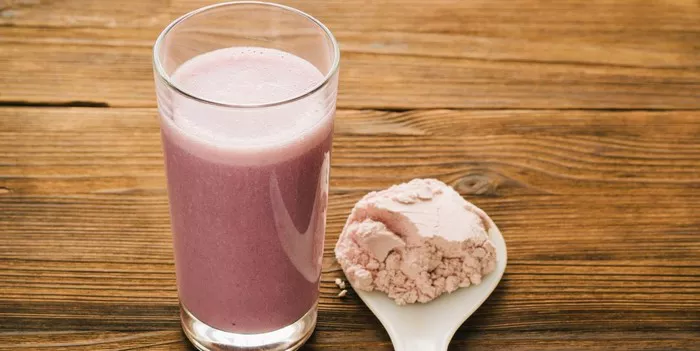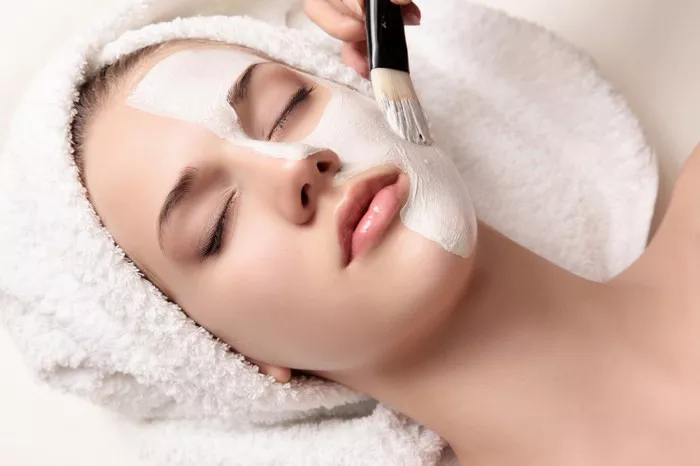Glycerin stands out as a skincare ingredient that has withstood the test of time. Its use in skin care dates back to the late 18th century when it was initially employed in hygiene products and general cleansers. Over time, as glycerin’s popularity grew, it began to be incorporated into toners and other topical skincare formulations.
Today, glycerin is a quietly powerful presence in the beauty industry, appearing in cleansers, sprays, serums, lotions, body washes, and moisturizers. But what exactly makes glycerin so sought-after? To find out, we spoke with three leading dermatologists.
What is Glycerin?
Sophie Momen, consulting dermatologist at the Cadogan Clinic, explains that glycerin—also known as glycerol—is a natural compound found in animal and plant fats. She adds that most cosmetic-grade glycerin is derived from plants. Glycerin is a colorless, odorless syrupy liquid prized for its moisturizing properties, which have been valued in skincare for centuries.
Chemically, glycerin’s molecular structure allows it to bind naturally with water molecules, making it a highly effective skin moisturizer. On product labels, it is commonly listed as “glycerin,” “glycerol,” or “glycerine.”
Is Glycerin a Moisturizer?
Yes. According to Momen, glycerin is one of the most effective and efficient moisturizers available. Moisturizers work by attracting water molecules from the deeper layers of skin or the environment and binding them to the skin’s surface, which is essential to keeping skin hydrated, plump, and smooth.
Momen likens moisturizers to “magnets for water.” Glycerin draws water to itself and traps it within the skin’s barrier, preventing moisture loss. This action is crucial for maintaining skin elasticity, preventing dryness, and supporting the skin’s natural healing process.
Benefits of Using Glycerin
Glycerin offers multiple benefits, including:
-
Deep hydration by attracting and locking in moisture, keeping skin soft and supple
-
Enhancing skin elasticity and firmness
-
Smoothing rough or uneven textures
-
Soothing dry patches
-
Supporting accelerated healing and repair
Momen also notes that glycerin is highly compatible with other active ingredients such as niacinamide, peptides, and hyaluronic acid, and it effectively helps repair dry, sensitive, or damaged skin.
Which Skin Types Benefit Most from Glycerin?
Catherine Borysiewicz, consulting dermatologist at Galen Dermatology, says glycerin-containing products are ideal for sensitive and dry skin types. Glycerin also gently exfoliates by breaking down protein bonds that cause dead skin cells to stick to the surface, helping to remove them.
Regarding acne-prone skin, Sasha Dhoat of the Harley Street Dermatology Clinic advises caution: “Glycerin is non-comedogenic and suitable for all skin types. However, for acne-prone skin, it should be used sparingly and with care. Applying thick layers can cause greasiness and potentially trigger unwanted breakouts.”
Glycerin’s Role in Skincare Products
Dr. Momen outlines glycerin’s varied uses across skincare products:
Cleansers: Help prevent stripping of natural oils
Toners: Provide a moisturizing base layer
Serums: Often paired with hyaluronic acid or other actives
Moisturizers: Deliver long-lasting hydration
Masks: Aid deep water penetration into the skin
Makeup: Locks in moisture and improves product texture
In summary, glycerin’s exceptional moisturizing ability and compatibility with various skin types and ingredients make it a trusted and essential component in modern skincare routines.
Related Topics
































